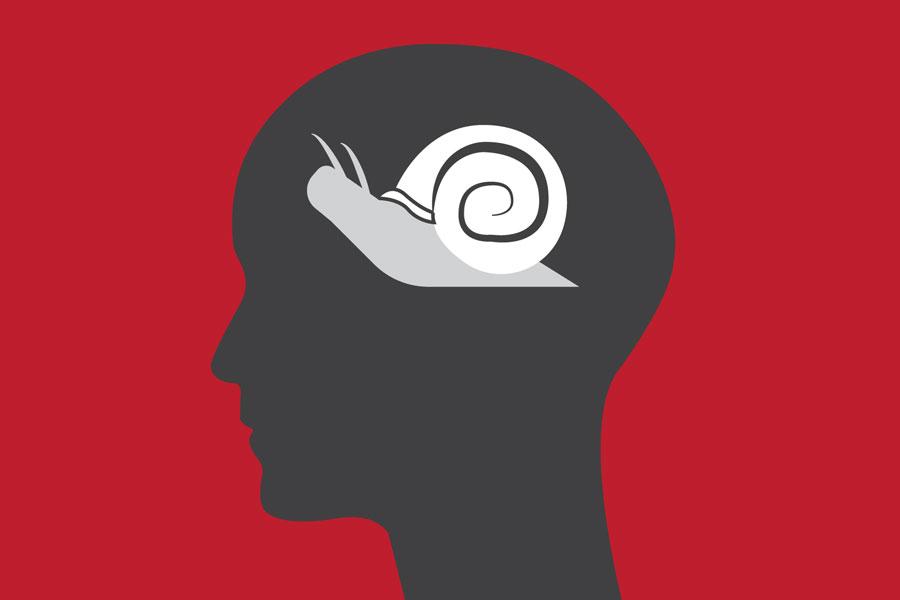
My Opinion | Feb 11,2023
One of the most anticipated movies of the year has been The Batman. It is the first live-action solo film for the titular character since 2012’s The Dark Knight Rises. For DC, it is ironic that it was probably Christopher Nolan’s Dark Knight trilogy that ruined the extended universe they tried to get off the ground. Nolan’s interpretation of Batman and Gotham led to such critical and commercial success that producers assumed that is what the whole of the DCEU should look like. When that went nowhere with the slog that was Man of Steel, they panicked and attempted to be as light-hearted as Marvel. In the end, the DCEU is now a hot mess.
If The Batman is a sign of things to come, perhaps there is hope. Starring Robert Pattinson, who has clawed his way out of the infamy of Twilight stardom, and directed by Matt Reeves, the film pulls out a rare feat following up the Christian Bale-starring trilogy. Nolan’s reboot is perhaps the most radical and successful reintroduction of a character after Batman was ruined so thoroughly in Batman & Robin.
Reeves will have repeated this feat if the sequels are as good. The Batman is far better than The Dark Knight Rises and arguably even better than Batman Begins. A great deal of this might have to do with the creative freedom afforded to the film’s creator to come up with a slow-burn mystery crime drama than a straightforward superhero action film.
There is no origin story in The Batman. Straight away, we are introduced to Batman, a vigilante trying to put the fear in Gotham’s criminal underworld. Things start to change when high-profile murders start to take place by a killer that leaves clues around, especially to the Batman. As the number of bodies racks up, it becomes evident that a grand conspiracy exists that links the underworld of Gotham with its political and economic elite.
The film gets its inspiration from crime dramas and detective movies. It spends a good deal of its time investigating the Riddler’s clues and uncovering the secrets behind the conspiracy. Even the cinematography evokes a sense of murkiness. Most of the scenes occur during nighttime, when crime proliferates and secrets can be hidden.
Few seem to appreciate how much chances this move took, with its slow pacing and long run-time. Looking at any present-day Marvel Studios output, it is rare to have a superhero movie that takes its time deliberating on the atmosphere and the psyche of characters or dares to present a plot that is hard to follow unless audiences actually pay attention.
Of course, with all of the failures the DCEU has had to this point, going back to the Nolan roots is probably a no-brainer. Worth mentioning was also that Todd Philips’ Joker was such a pretty unorthodox adaptation that it is probably a good idea to allow the likes of Reeves to run with their ideas instead of having them under the knee of studio executives.
Of course, the Batman has its shortfalls. First of all, did we need a Joker cameo? We have recognisable characters like Jim Gorden, Alfred, the Riddler, Penguin, Catwoman and Batman himself. Are these not enough to carry a movie? Nonetheless, it could have been worse. We could have also gotten a scene depicting the shooting of Bruce Wayne’s parents in the alley.
The villain also seemed derivative of the Joker. He is essentially a psychopath but with a thing or two to say about society. It might have been better had the Riddler been portrayed as a tragic antihero for whom the end justifies the means but is, in the end, trying to do the right thing. Carmine Falcone (played by John Turturro), given the film's theme, that crime and chaos is aided and abetted by the rich and the powerful, would have been the more fitting main villain.
PUBLISHED ON
Apr 30,2022 [ VOL
23 , NO
1148]

My Opinion | Feb 11,2023

Viewpoints | Feb 04,2023

Viewpoints | Feb 01,2020

Viewpoints | Dec 04,2020

My Opinion | Dec 21,2019

Verbatim | Sep 24,2022

Viewpoints | Aug 30,2025

Commentaries | Sep 18,2021

Sunday with Eden | Oct 26,2019

View From Arada | May 21,2022

Photo Gallery | 174720 Views | May 06,2019

Photo Gallery | 164942 Views | Apr 26,2019

Photo Gallery | 155177 Views | Oct 06,2021

My Opinion | 136719 Views | Aug 14,2021

Oct 11 , 2025
Ladislas Farago, a roving Associated Press (AP) correspondent, arrived in Ethiopia in...

Oct 4 , 2025
Eyob Tekalegn (PhD) had been in the Governor's chair for only weeks when, on Septembe...

Sep 27 , 2025
Four years into an experiment with “shock therapy” in education, the national moo...

Sep 20 , 2025
Getachew Reda's return to the national stage was always going to stir attention. Once...

Oct 12 , 2025
Tomato prices in Addis Abeba have surged to unprecedented levels, with retail stands charging between 85 Br and 140 Br a kilo, nearly triple...

Oct 12 , 2025 . By BEZAWIT HULUAGER
A sweeping change in the vehicle licensing system has tilted the scales in favour of electric vehicle (EV...

A simmering dispute between the legal profession and the federal government is nearing a breaking point,...

Oct 12 , 2025 . By NAHOM AYELE
A violent storm that ripped through the flower belt of Bishoftu (Debreziet), 45Km east of the capital, in...